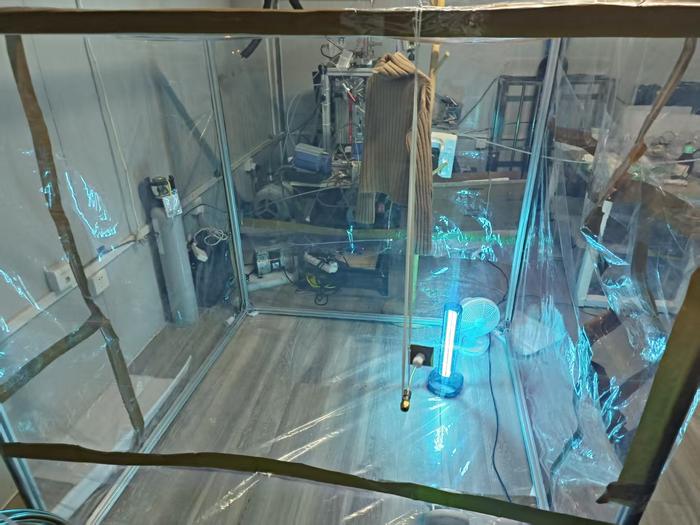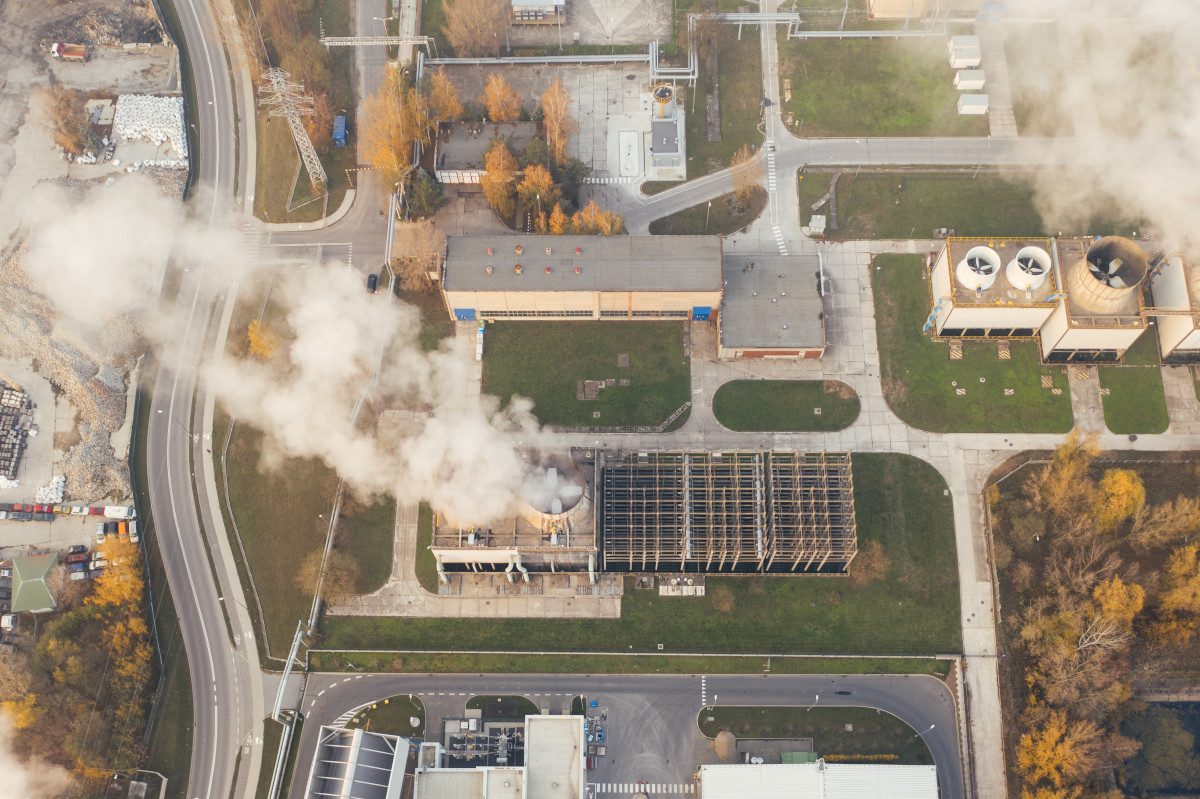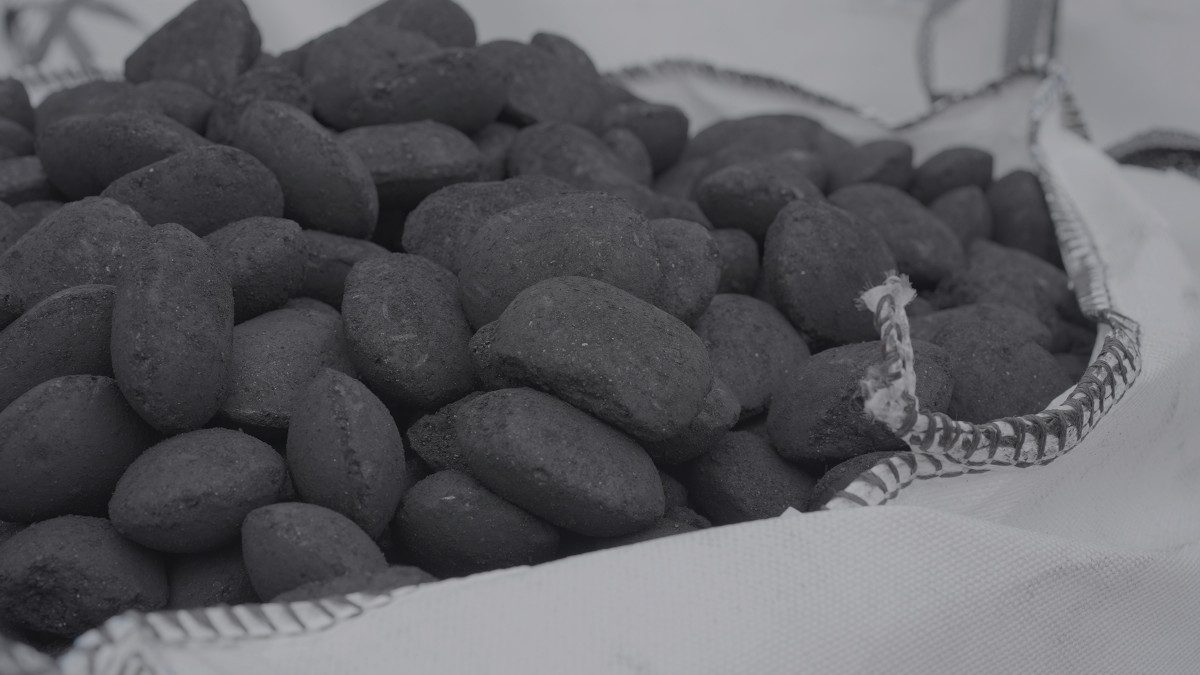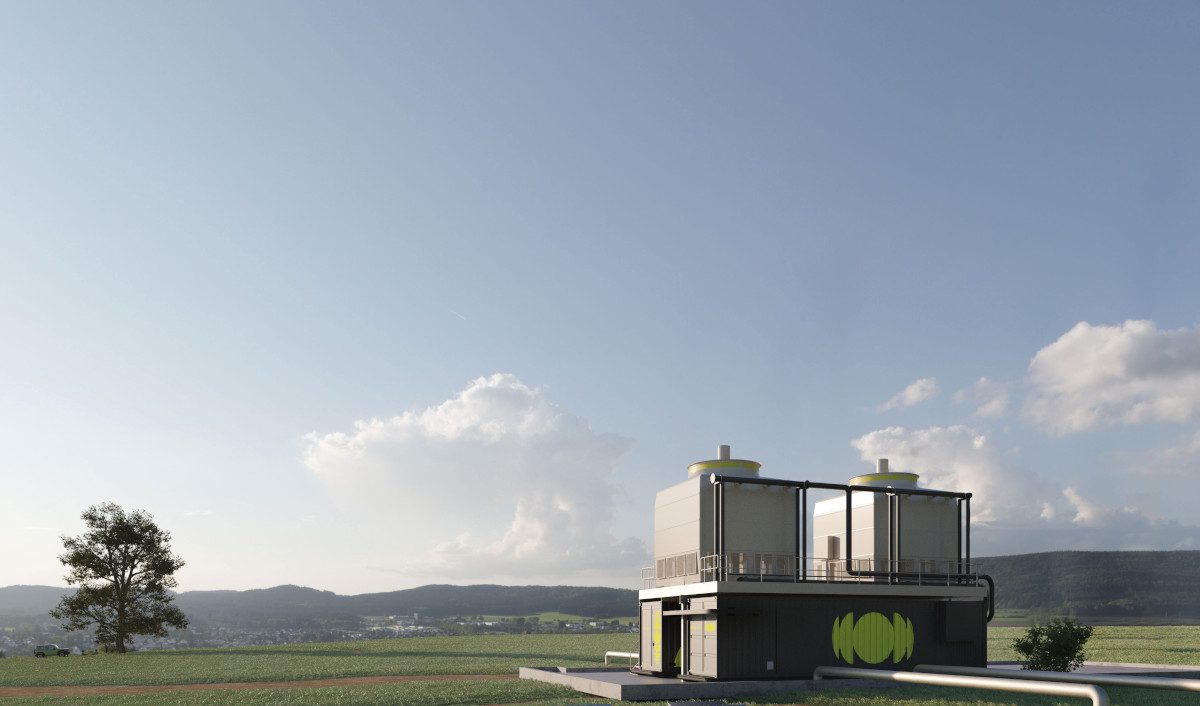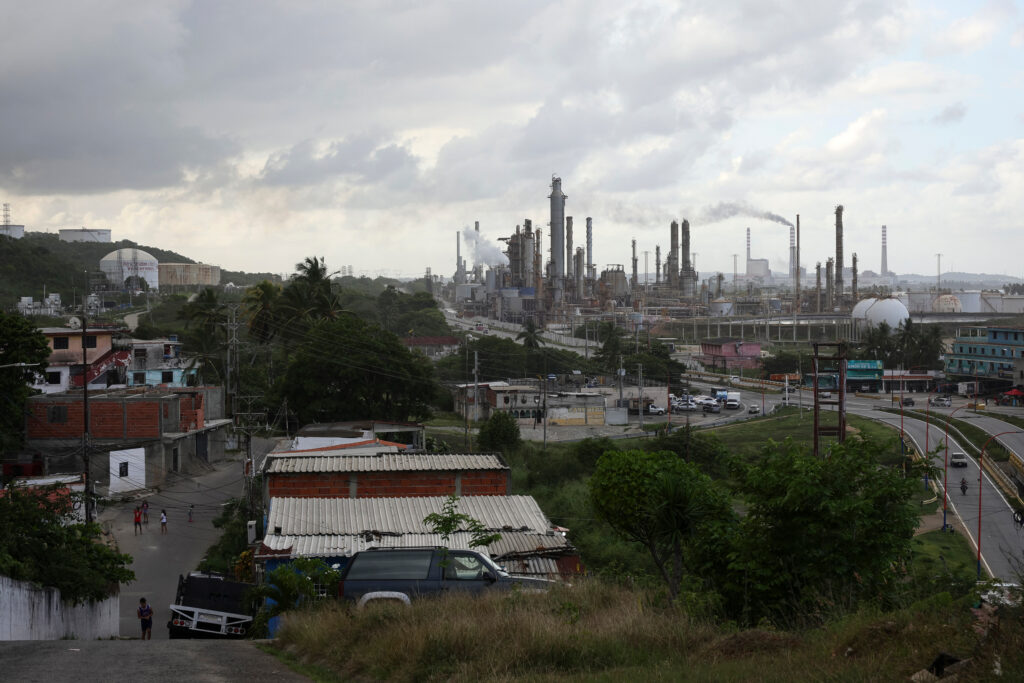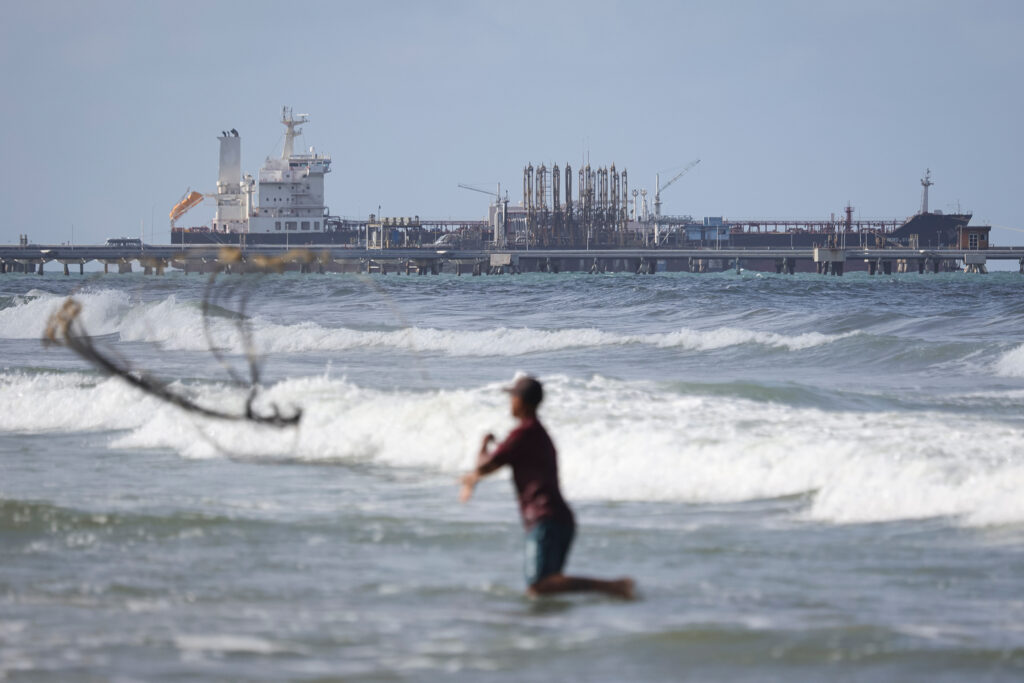Europe is at the forefront of the global push towards sustainability, and the steel industry is no exception. As part of the broader effort to reduce carbon emissions and fight climate change, the concept of “green steel” is rapidly gaining traction. The European steel sector, traditionally one of the most carbon-intensive industries, is embracing innovative technologies and processes to revolutionize how steel is produced. This shift towards greener, more sustainable steel production has profound implications for the economy, the environment, and the future of manufacturing in Europe. (Words: Persistence Market Research ).
The Europe green steel market is projected to grow from US$ 236.2 million in 2025 to US$ 12,004.3 million by 2032, with a CAGR of 75.3%. Driven by stringent environmental policies and the EU Green Deal, the market is experiencing a surge in demand for low-carbon steel, particularly in industries like automotive and construction. Hydrogen-based steelmaking technologies, such as Hydrogen DRI-EAF, are gaining traction for their ability to reduce carbon emissions by up to 90%. Germany, a leader in green steel production, is expected to account for 37% of the market share in 2025, supported by government initiatives like the National Hydrogen Strategy. The automotive sector’s shift to sustainable materials further accelerates the adoption of green steel, with major players like Volkswagen and BMW incorporating it into their manufacturing processes.
Understanding green steel: what it means for Europe’s future
Green steel refers to steel produced using methods that significantly reduce carbon emissions compared to traditional blast furnace methods. Traditional steel production is energy-intensive, relying on coal and coke, which releases large amounts of CO2. In contrast, green steel is made through cleaner processes such as hydrogen-based direct reduction or electric arc furnaces powered by renewable energy sources. These innovations reduce or eliminate the reliance on fossil fuels, lowering the carbon footprint of steel production.
Europe has long been a leader in adopting renewable energy technologies, and its steel industry is no different. Countries like Sweden, Germany, and Finland are making significant strides in developing and adopting green steel technologies, setting the stage for the region to become a global hub for sustainable manufacturing.
Europe’s steel industry and its carbon footprint: a global challenge
The steel industry is one of the largest sources of industrial carbon emissions worldwide. According to estimates, steel production accounts for around 7-9% of global CO2 emissions. In Europe, the steel sector is responsible for a significant portion of the continent’s industrial emissions. However, Europe has committed to achieving carbon neutrality by 2050, and this goal cannot be met without transforming industries like steel.
The European Union has implemented various regulatory frameworks, including the European Green Deal and the Carbon Border Adjustment Mechanism (CBAM), which aim to reduce emissions and incentivize the transition to cleaner technologies. The EU has set a clear target for the steel sector to reduce emissions by 30% by 2030 compared to 2018 levels. This ambitious goal has fueled a wave of innovation in green steel technologies across the continent.
Key players driving the green steel transition in Europe
Several major players in Europe’s steel industry are leading the charge towards green steel production. Swedish steelmaker SSAB, in collaboration with Finnish energy company Neste and Swedish energy giant Vattenfall, is pioneering the use of hydrogen-based steelmaking technology. Their HYBRIT project aims to replace coke with hydrogen in the steel production process, producing the world’s first fossil-free steel. The project is a testament to the potential for green steel production to reshape Europe’s steel industry.
Germany’s Thyssenkrupp is another major player investing heavily in green steel. The company has partnered with various organizations to develop hydrogen-based steelmaking solutions and aims to produce carbon-neutral steel by 2050. Similarly, the German steel producer Salzgitter AG has launched its SALCOS project, focusing on low-carbon steel production using hydrogen.
These initiatives are not only driven by environmental concerns but also by the economic opportunity presented by green steel. With an increasing demand for sustainable products from consumers, companies, and governments, the market for green steel is poised for significant growth in the coming decades.
The role of hydrogen in the green steel transition
Hydrogen is considered the key to decarbonizing the steel industry. In traditional steelmaking, coke derived from coal serves as both a fuel and a reducing agent, releasing significant amounts of CO2 in the process. Hydrogen, on the other hand, can replace coke in the reduction of iron ore, producing water vapor instead of CO2. This process is known as hydrogen-based direct reduction (H-DR).
Europe has recognized hydrogen’s potential and is investing heavily in its production and use. The EU has launched several initiatives, such as the Clean Hydrogen Partnership, which aims to scale up the production and use of green hydrogen across various industries, including steel. The use of hydrogen in steel production aligns with Europe’s broader hydrogen strategy and its goal of becoming a global leader in green hydrogen technology.
Economic and environmental implications of green steel in Europe
The shift towards green steel production has significant economic and environmental implications for Europe. Economically, the transition to green steel will drive investment and create new jobs in the clean energy and manufacturing sectors. The development of hydrogen production infrastructure, renewable energy capacity, and green steel plants will spur growth in a range of industries, including energy, construction, and logistics.
Environmentally, the benefits of green steel are clear. By reducing the carbon footprint of steel production, Europe can make a significant dent in its overall emissions, helping to meet the EU’s climate targets. Green steel will also play a crucial role in industries such as construction and automotive, where steel is a vital material. As more companies seek to reduce their own carbon footprints, the demand for green steel will likely rise, further incentivizing investment in sustainable steel production.
However, the transition to green steel is not without its challenges. Hydrogen-based steelmaking technologies are still in the early stages of development and require substantial investment to scale. Additionally, the cost of producing green steel is currently higher than traditional steel, which may impact the competitiveness of European steel manufacturers in the global market. To address these challenges, the EU is providing funding and incentives to support the transition to green steel, including grants, subsidies, and research funding.
The future of green steel in Europe: opportunities and challenges
As Europe moves towards its goal of carbon neutrality by 2050, green steel will play an essential role in achieving this target. The region’s commitment to sustainability, coupled with the rapid advancements in green steel technologies, positions Europe to be a global leader in the green steel market.
However, several challenges remain. The scalability of hydrogen-based steel production, the availability of green hydrogen, and the high cost of green steel are hurdles that need to be overcome. The EU’s support for green steel through regulatory frameworks, funding, and investment incentives will be critical in ensuring that the transition is successful.
Looking ahead, Europe’s green steel revolution offers tremendous opportunities for innovation, job creation, and environmental sustainability. As the steel industry undergoes this transformation, the potential for a cleaner, greener, and more sustainable future for the continent’s manufacturing sector has never been greater. By embracing green steel, Europe is not only contributing to the fight against climate change but also positioning itself at the cutting edge of sustainable industrial development.
Conclusion: a green future for European steel
Green steel represents the future of the steel industry in Europe. Through groundbreaking technologies, such as hydrogen-based production methods, Europe is leading the way in making steel manufacturing more sustainable. This shift not only aligns with the region’s environmental goals but also offers new economic opportunities and strengthens Europe’s position in the global market.
As the demand for environmentally friendly products continues to grow, Europe’s green steel industry will be well-positioned to meet the needs of a sustainable future. With continued investment, innovation, and collaboration, Europe’s green steel revolution promises to shape the future of manufacturing and contribute to the continent’s broader sustainability objectives.
Follow Persistence Market Research: LinkedIn | Twitter | Instagram



